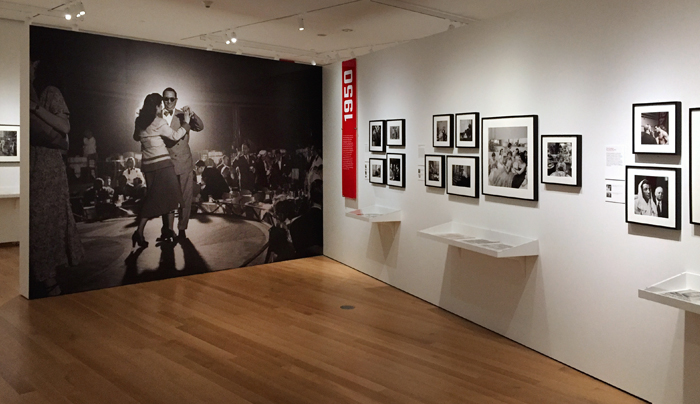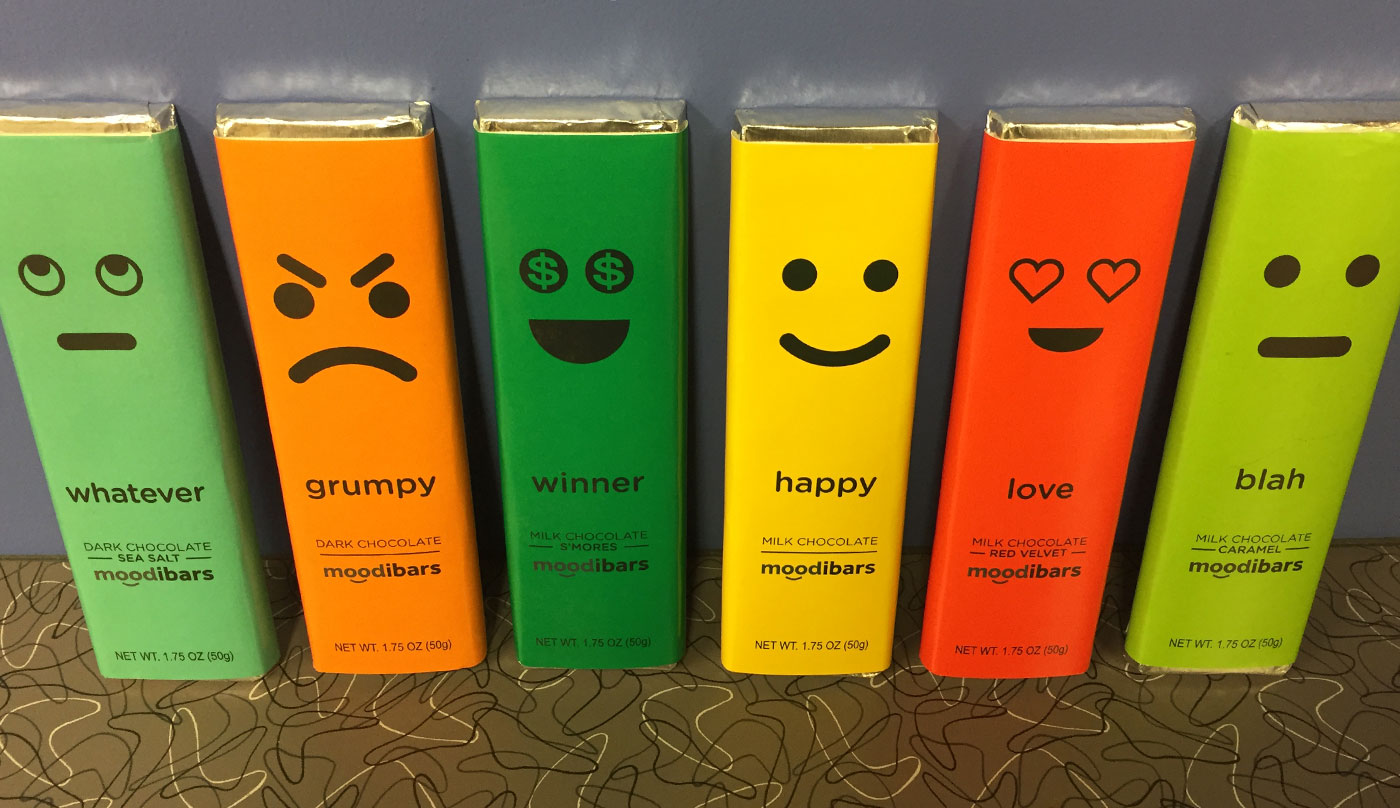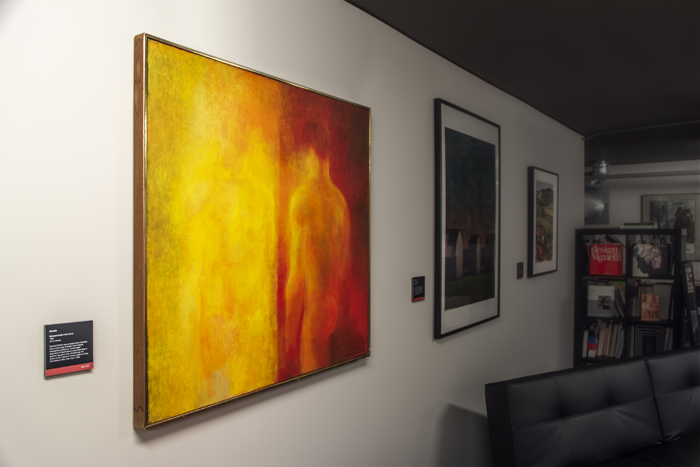Ladies and gentlemen of the jury, I’d like to draw your attention to this security camera footage, obtained just this morning:
Note Ms. Sowards’s absent-minded demeanor as she discovers she no longer holds a pen in her hand, and how long it takes—measured in distance—before she realizes she’s actually dropped it: three full steps. Note the exaggerated way in which she puts herself together after bending over to pick up said pen, and how she nearly collides with the table on her left. Note also how her left leg simply stops working, how she collapses into a heap onto the floor, and how she staggers about in a haze once she returns to an upright position.
Ladies and gentlemen, I submit that something is amiss.
Ms. Sowards is not only young, but also fit. She goes to the gym at least twice a week. It’s simply not possible for someone in her condition to fall like an 85-year-old in need of a hip replacement. And as you can see from the footage, there’s neither a banana peel on the floor nor evidence of structural weakness in the concrete.
There are only two possibilities here. Either (a) Ms. Sowards is new to the world of fashion and is wearing heeled booties for the very first time, or (b) she was, in fact, quite drunk at 10:56 a.m. on a Wednesday. The former is clearly untenable—which leaves you, ladies and gentlemen of the jury, with the only evidence you need to make a decision.
I rest my case.
No individuals were harmed during filming, though Courtney’s knee is admittedly still a little sore.





